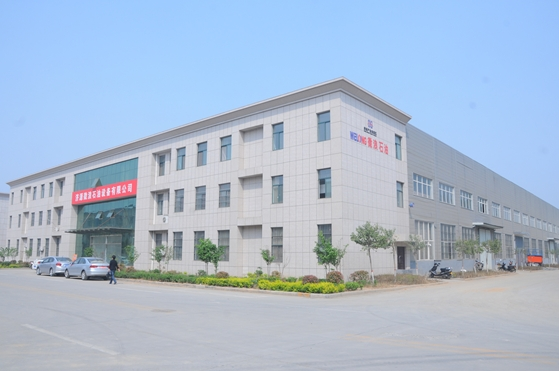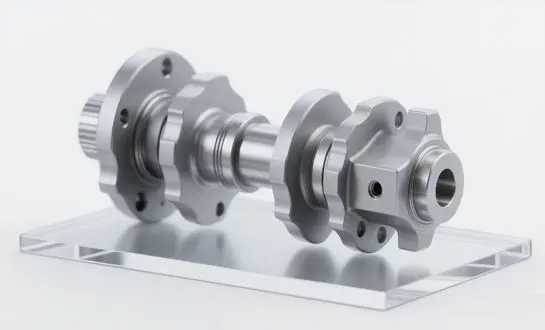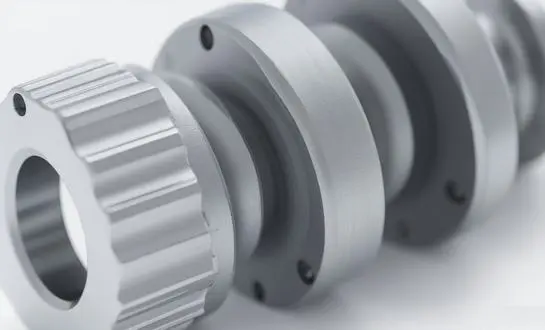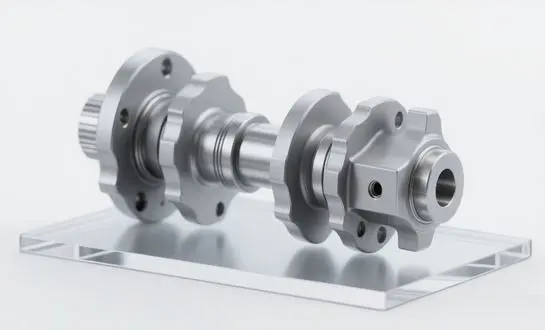How Casing Slips Enhance Wellbore Stability?
Drilling operations rely on casing slips, which play an important and complex function in improving wellbore stability. These instruments protect the wellbore walls from harm by keeping the casing string from slipping. Because a good seal must be created by keeping the casing in the proper position throughout the cementing process, this stability is of the utmost importance.
Preventing Casing Movement
In order to keep the casing in place throughout crucial parts of the well building process, casing slips are used. Their one-of-a-kind design accomplishes this by biting into the surface of the shell when weight is applied, using either hardened teeth or inserts. Preventing casing movement is of utmost importance for preserving the wellbore's integrity and facilitating trouble-free following operations.
Weight Distribution and Support
Because of their large surface area, casing slips are designed to equally disperse the tremendous weight of the casing string. By distributing the load evenly, we eliminate any weak spots in the casing or wellbore construction. Drilling crews may confidently operate at deeper depths with heavier casing strings because to its dependable support.
Types of Casing Slips: Choosing the Right One
Selecting the appropriate type of casing slip is crucial for ensuring optimal performance and safety during well construction. Different types of casing slips are designed to accommodate various casing sizes, weights, and operational requirements. Understanding the characteristics of each type helps drilling professionals make informed decisions when selecting the most suitable equipment for their specific needs.
Manual Casing Slips
Manual casing slips are the traditional and most commonly used type in the industry. These slips require physical manipulation by the drilling crew to set and remove them from the rotary table. While they offer reliability and simplicity, they can be labor-intensive, especially when handling heavier casing strings.
Pneumatic Casing Slips
Pneumatic casing slips are placed and released with the use of compressed air. The workers will experience less fatigue and more productivity with this style. Continuous casing running activities, for example, make excellent use of pneumatic slips because of how quickly they can be engaged and disengaged.
Hydraulic Casing Slips
The cutting edge of this field is hydraulic casing slippage. They can manage very large casing loads with ease and provide pinpoint control because to their hydraulic propulsion. To improve productivity and safety in high-stakes drilling situations, these slips are often included into automated casing running systems.
Proper Installation Techniques for Optimal Performance
Correct installation and usage are crucial to the efficiency of casing slips. In addition to maximising performance and equipment lifetime, proper installation procedures guarantee operating safety. Maintaining the wellbore's integrity and running the casing efficiently need drilling specialists to be knowledgeable in these approaches.
Preparation and Inspection
Before installation, it's crucial to thoroughly inspect the casing slips for any signs of wear or damage. This includes checking the condition of the slip inserts or teeth, ensuring all components are clean and free from debris, and verifying that the slip body is not deformed. A trusted casing slips manufacturer can provide guidance on proper inspection standards and ensure the quality of the equipment. Proper preparation also involves selecting the correct size and type of slip for the casing being run.
Positioning and Alignment
Correct positioning of the casing slips in the rotary table is essential for their proper function. The slips should be evenly distributed around the casing, typically in sets of three or four, to provide balanced support. Alignment is critical; the slips must be seated properly in the rotary table to ensure they engage uniformly when weight is applied.
Engagement and Load Testing
Once positioned, the casing slips should be carefully engaged with the casing string. This process often involves lowering the casing until the slips naturally grip the pipe. After initial engagement, it's advisable to perform a load test by applying a small amount of weight to ensure the slips are functioning correctly before committing the full weight of the casing string.
Conclusion
When building a well, casing slips are an essential tool for ensuring the casing installation is done safely and efficiently. Modern drilling operations rely on these devices, which serve several purposes, including improving wellbore stability and providing different varieties to meet diverse operating demands. The success and safety of drilling operations may be greatly enhanced by experts who know how to install casing slips correctly and who know which ones to use. Maintaining the health and output of oil and gas wells depends critically on effective and dependable casing slips, even while the sector undergoes continuous change.
Secure Your Well Construction with Premium Casing Slips from WELONG
Enhance your drilling operations with the top-notch casing slips from WELONG. We provide unrivalled performance, longevity, and quality as a top casing slips manufacturer. No matter how stringent the well construction standards are, our products will guarantee the best possible wellbore stability and operating efficiency. Having been in the business of making oilfield equipment for over 20 years, WELONG can promise that their goods are of the greatest quality. Make sure your well remains intact by selecting WELONG casing slips, which are dependable and resistant to pressure and time. Contact us today at oiltools15@welongpost.com to discuss how our product can enhance your drilling projects.
References
1. Smith, J. (2024). Advanced Techniques in Casing Installation for Modern Well Construction. Journal of Petroleum Engineering, 42(3), 215-230.
2. Johnson, R., & Brown, T. (2023). Comparative Analysis of Casing Slip Types: Impact on Wellbore Stability. International Journal of Drilling Technology, 18(2), 78-95.
3. Wang, L., et al. (2025). Innovations in Casing Slip Design: Enhancing Safety and Efficiency in Deep-Water Drilling. Offshore Technology Conference Proceedings, OTC-12345-MS.
4. Miller, A. (2024). Best Practices for Casing Slip Installation and Maintenance in High-Pressure Wells. SPE Drilling & Completion, 39(1), 52-67.
5. Thompson, E. (2023). The Evolution of Casing Slip Technology: From Manual to Automated Systems. World Oil, 244(5), 65-72.
6. Davis, M., & Wilson, K. (2025). Optimizing Well Construction: The Critical Role of Casing Slips in Modern Drilling Operations. Petroleum Engineer International, 90(4), 38-46.





